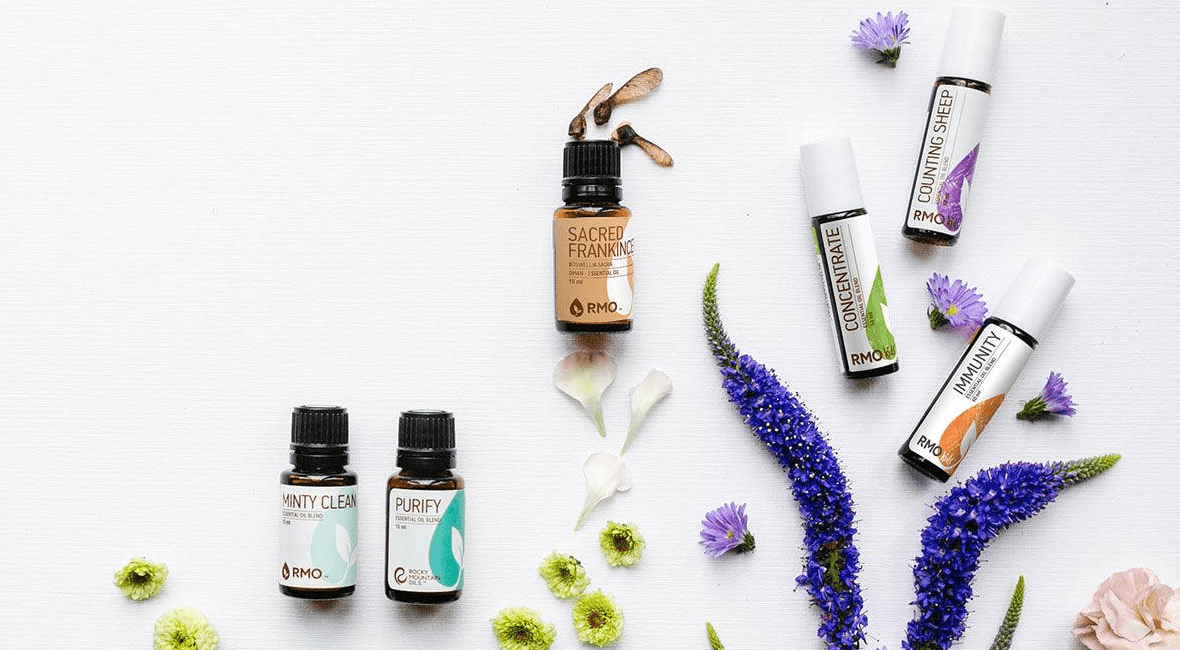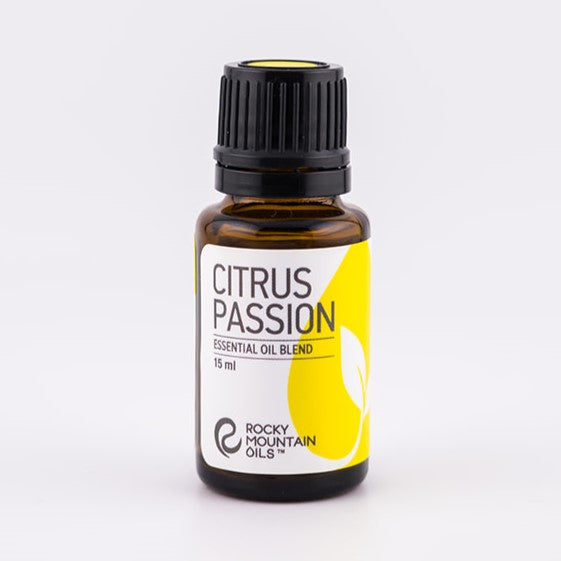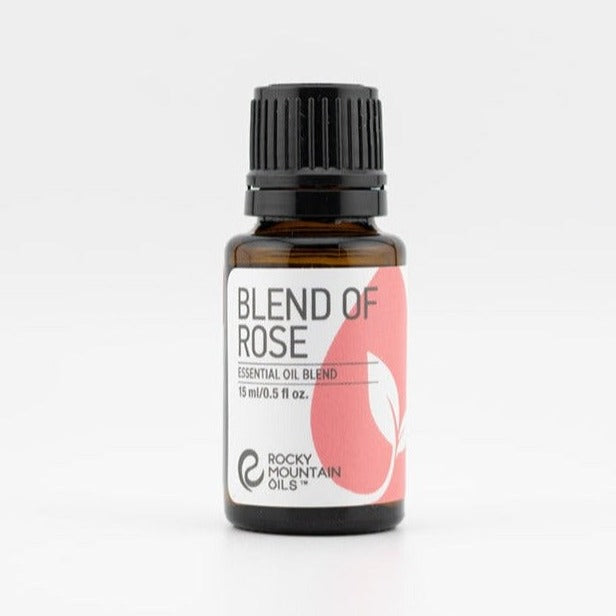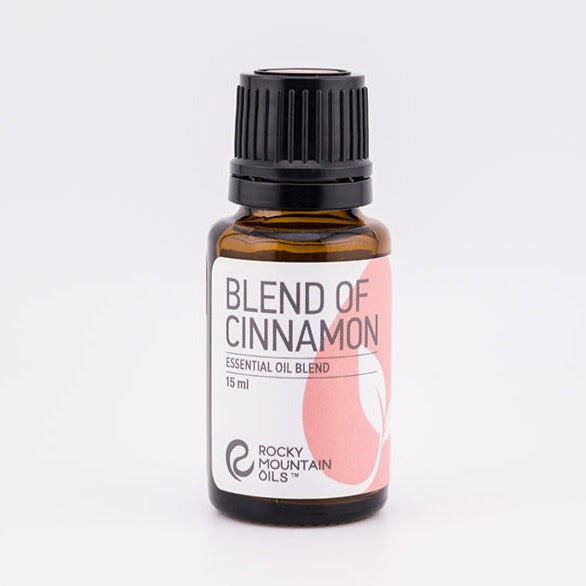How to Use Essential Oils to Scent a Room: A 10-Step Guide to Refresh Your Space
The allure of a beautifully scented room is undeniable. It's not just about masking odors; it’s about creating an ambiance that reflects your personality and enhances your well-being. Essential oils, nature's aromatic extracts, offer a natural and effective way to infuse your living space with delightful fragrances. This article will explore how to use essential oils to scent a room, ensuring a pleasant and safe aromatic experience.

Understanding Essential Oils
Benefits of Using Essential Oils
Essential oils are more than just pleasant scents; they are concentrated plant extracts that can have profound effects on our mood and health. From promoting relaxation with lavender to energizing the space with citrus scents, these oils can dramatically transform the atmosphere of a room.
Types of Essential Oils for Different Ambiances
Each essential oil has a unique profile, ideal for creating different moods. For instance, ylang-ylang can set a romantic tone, while eucalyptus might be perfect for a refreshing, clean feel.
Methods to Scent a Room with Essential Oils
Diffusing: The Basics
Diffusers are a popular and effective way to disperse essential oils into the air. We will delve into how these devices work and how to select the right one for your needs.
Homemade Reed Diffusers
Reed diffusers offer a simple, elegant way to scent a room. Learn how to make your own with just a few ingredients and your favorite essential oils.
Natural Room Sprays
Create your own natural room sprays for a quick burst of freshness. We will provide easy recipes to get you started.
Essential Oil Burners
Oil burners are a traditional method for scenting a space. Understand the nuances of using them safely and effectively.
Using Essential Oils in Humidifiers
Adding essential oils to humidifiers can enhance their benefits. Learn the DO's and DON'T's of this method.

DIY Recipes for Room Scents
Relaxing Lavender Mist
Discover how to make a lavender mist that can help soothe and relax your mind after a long day.
Ingredients:
Distilled water
10-15 drops of Lavender Essential Oil
Witch hazel or alcohol (like vodka)
Equipment:
Small spray bottle
Measuring spoons
Instructions:
Fill half the spray bottle with distilled water.
Add 10-15 drops of lavender essential oil.
Top up with witch hazel or alcohol.
Shake well to mix.
Use as a room or pillow spray.
Energizing Citrus Blend
Create a blend of citrus oils to invigorate your space, ideal for mornings or when you need a pick-me-up.
Ingredients:
Distilled water
Citrus Blend Essential Oil - around 10-15 drops in total
Equipment:
Small spray bottle
Instructions:
Fill the spray bottle with distilled water.
Add a combination of citrus essential oils totaling 10-15 drops.
Shake well to mix.
Use as a refreshing room spray.
Romantic Rose Ambiance
Learn to blend rose oil with other scents to create a romantic and inviting atmosphere in your bedroom.
Ingredients:
Distilled water
Rose Essential Oil (about 10 drops)
Optional: A few drops of complementary essential oil like Ylang-ylang
Equipment:
Small spray bottle
Instructions:
Fill the spray bottle with distilled water.
Add 10 drops of rose essential oil. If desired, add a few drops of another essential oil.
Shake well to mix.
Use as a room or linen spray for a romantic atmosphere.
Festive Holiday Scents
Explore recipes for scents that evoke the spirit of the holidays, from spicy cinnamon to fresh pine.
Ingredients:
Distilled water
Holiday-themed essential oils: Cinnamon (5 drops), Clove (3 drops), Orange (7 drops)
Equipment:
Small spray bottle
Instructions:
Fill the spray bottle with distilled water.
Add 5 drops of cinnamon oil, 3 drops of clove oil, and 7 drops of orange oil.
Shake well to mix.
Use as a room spray to create a festive atmosphere.
Safety Tips and Considerations
Pets and Essential Oils
Understand which essential oils are safe around pets and how to use them without causing harm.
Children and Essential Oils
Discover how to safely use essential oils in spaces frequented by children.
Allergy and Sensitivity Precautions
Essential oils can be potent. Learn how to identify and manage potential allergies and sensitivities.

Blending Oils for Longer Lasting Aroma: Enhancing Scent and Longevity
Blending essential oils is an art that goes beyond just creating unique scents; it's also a practical way to extend the longevity of the aromas. Here's an in-depth look at how and why this works:
Understanding the Notes:
- Top Notes: These are the first scents you notice but also the quickest to evaporate. Examples include citrus oils like lemon and bergamot.
- Middle Notes: These represent the heart of the blend and emerge just as the top notes are dissipating. Floral scents like lavender and rose are common middle notes.
- Base Notes: These scents linger the longest, providing depth and lasting aroma. Examples include woody or resinous oils like sandalwood and frankincense.
The Benefits of Blending:
- Synergy of Scents: Combining different notes can create a harmonious blend that is more appealing and complex than individual scents.
- Prolonged Aroma: As each note has a different rate of evaporation, a well-blended oil can maintain its scent for a longer period. As the top notes fade, the middle and base notes continue to release their aroma.
- Balanced Evaporation: By balancing volatile top notes with more persistent base notes, the overall evaporation rate of the blend can be slowed down, thus prolonging the scent.
Tips for Blending:
- Start Small: Begin with a small amount of oil and adjust as needed.
- Balance the Notes: Aim for a mix of top, middle, and base notes.
- Consider Complementing Scents: Choose oils that naturally complement each other. For instance, citrus blends well with floral scents.
- Test on a Small Scale: Before committing to a large batch, create a small sample to test the scent and longevity.
- Keep Proportions in Mind: Generally, a blend should have more of the middle note, followed by the base, and least of the top note.
- Allow the Blend to Mature: Some blends may need time for the scents to meld together effectively.
Practical Applications:
- Room Sprays: A balanced blend can provide a lasting fragrance in room sprays.
- Diffusers: In diffusers, blended oils can emit a consistent aroma for an extended period.
- Personal Care Products: In products like lotions or soaps, a well-blended oil can retain its scent throughout the usage of the product.
Safety and Storage:
- Skin Sensitivity: Always be mindful of potential skin sensitivities, especially when applying blends topically.
- Proper Storage: Store blends in dark, cool places to preserve their integrity and longevity.
By understanding the principles of blending and the characteristics of different notes, you can create not only unique and pleasant scents but also extend the duration of their aromatic benefits. This makes blending an essential skill for anyone looking to enhance their use of essential oils in various applications.

How long does essential oil scent last in a room?
The duration of an essential oil's scent in a room can vary depending on several factors, including the type of essential oil used, its concentration, and the method of diffusion. Generally, lighter and more volatile oils, such as citrus oils, may disperse their aroma more quickly, typically lasting for a few hours.
In contrast, heavier and less volatile oils like patchouli or cedarwood may linger in the air for a longer duration, potentially up to several hours or even a day. To extend the longevity of the scent, using an appropriate diffuser and adjusting the oil-to-water ratio can help regulate the diffusion rate.
How do you make essential oil smell last longer?
To make the scent of essential oils last longer, consider diluting them in a carrier oil, such as jojoba or sweet almond oil, before applying to your skin or using them in a diffuser. The carrier oil helps slow down the evaporation of the essential oil, extending its fragrance.
Additionally, applying the diluted essential oil to pulse points, such as wrists and neck, can enhance the longevity of the scent. In a diffuser, use a lower heat setting or intermittent mode to release the aroma gradually and conserve the essential oil. Proper storage in dark glass bottles away from light, heat, and air can also help maintain the potency and longevity of essential oils.
FAQs on Essential Oils for Room Scenting
Address common questions and concerns about using essential oils to scent a room, providing expert insights and advice.
How many drops of essential oil should be used in a diffuser?
Typically, 3-5 drops per 100 ml of water are sufficient, but this can vary depending on the size of the room and the diffuser's capacity.
Can I blend different essential oils for room scenting?
Blending essential oils can create a unique fragrance. It's important to choose oils that complement each other.
Are essential oils safe for pets?
Some essential oils can harm pets, so it's important to check which oils are safe to use around your animals.
Can I use essential oils in a humidifier?
It's recommended to use essential oils in a humidifier only if it's designed for oils, as they can damage the plastic components of a regular humidifier.
Do essential oils have therapeutic benefits?
Many essential oils are believed to have therapeutic properties, such as stress relief or improved sleep quality, although these benefits can vary from person to person.
How can I make the scent last longer?
Using a carrier oil or mixing the essential oil with water can help to prolong the scent. Additionally, specific diffusers offer intermittent settings to extend the diffusion time.
Conclusion
This summary highlights the benefits of using essential oils to create a fragrant sanctuary in your home. Adopting a straightforward 10-step guide can naturally enhance your space, pleasing the senses while fostering well-being and tranquility.





